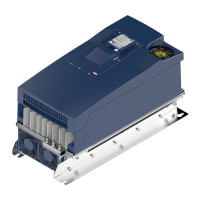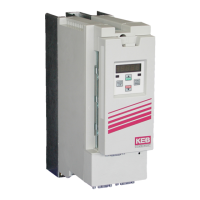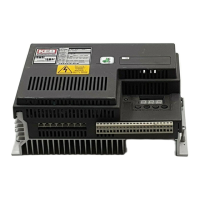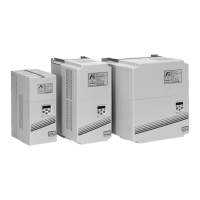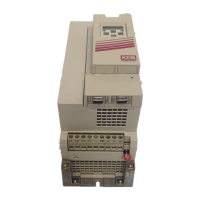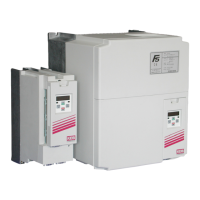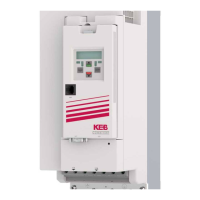6.2.19.2 Dead time compensation - fade out
Deactivation of the dead time compensation at high frequencies is useful in many
applications, especially for high-frequency applications. At low frequencies, how-
ever, compensation is absolutely necessary for stability and concentricity. There-
fore, the compensation can be deactivated at high speeds.
The connection / disconnection must not occur abruptly. The fading time must be
adapted to the dynamics of the application.
Deactivation of the dead time compensation is reasonable from
an output frequency of approx. 300 Hz.
Setting of the switch on/switch off level in % of the rated speed
(dr04)
With exceeding / falling below the speed level, the dead time
compensation influence within the fading time is reduced or in-
creased in percentage terms.
6.2.19.3 Dead time compensation mode selection
The compensation type is selected with parameter is07:
No dead time compensation
Dead time compensation with the e-function compensation
values measured in the factory
Compatibility mode
Identification of the e-function dead time compensation val-
ues is no longer supported from V.2.10 / 3.0.
Writing this value will be rejected.
New default value of is07
The factory calibrated values are used for compensation.
If the IGBT model values are available for the concerned
power unit, the improved IGBT model compensation is
used. If only data of the e-function are available, the com-
pensation occurs with the e-function values.
In the application, deviations from the values measured in
the factory may occur for the IGBT model due to the overall
design (e.g. cable lengths used).
These optimized values can be determined with the identifi-
cation (dr54 ident).
In this mode, these values determined in the application are
used for compensation.
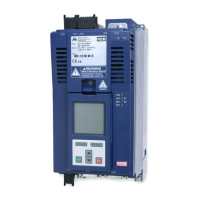
